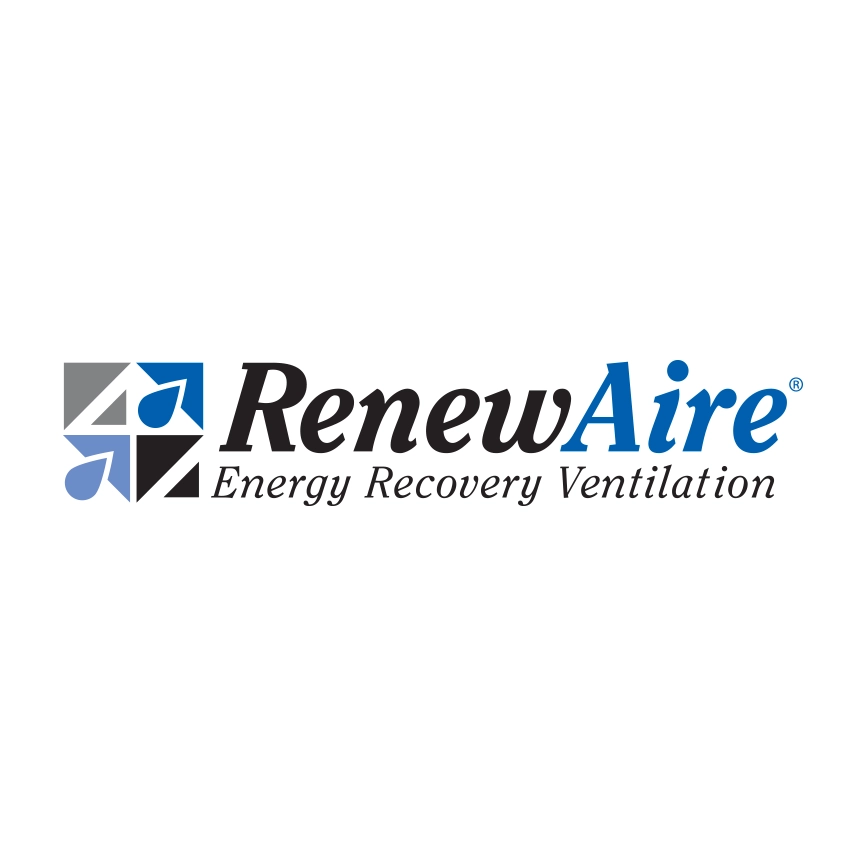Have Your Cake (Increased Ventilation) & Eat It Too (Decrease Ventilation Energy Costs)
Over the years, companies have sacrificed proper building ventilation for increased energy savings by creating tighter building envelopes, investing in sealing technologies, and more.
However, the coronavirus pandemic reinforced a basic idea in creating safer, healthier spaces: proper building ventilation is essential to the health of employees, and therefore, the community.
But with this comes greater demands for ventilation systems, many of which now need to be updated to keep up with these changes.
In this episode of Indoor Air Quality IQ, host Tyler Kern is joined by RenewAire’s John Schilling and Nick Agopian, the company’s Regional Sales Director and Vice President of Sales and Marketing, respectively. Nishant Kanapilly, the founder of Monaire, also joined the trio to discuss how business leaders can increase ventilation in their buildings while also decreasing ventilation energy costs.
“In a post-COVID environment, increased ventilation is the solution to reducing the number of transmitted diseases,” Agopian said. “Now, we realize that ventilation is crucial for life, the physiological operation of the human body, and, now more than ever, safety indoors.”
Energy recovery ventilators (ERVs) are the best way to rationalize increased ventilation while also maintaining the electrical profile of a building.
“ERVs recover energy from the exhaust airstream and use it to pretreat incoming outside air – whether that air is cold, and we warm it up, or it’s hot and humid, and we cool it and dehumidify it,” Schilling said.
In transferring energy from air moving through the ERV, that energy is recovered and used to precondition incoming ventilation air, creating a “win-win” situation. That relationship also works to help ventilation systems handle an increased load of outside air, bumping up the ventilation rate tremendously.
Kanapilly also touted ERVs’ ability to lower energy spend on heating and cooling by, for a brand-new building, up to 65% and to offer outstanding ROI.
“If you put money in an ERV, you’re going to get back 70% return on your money,” he said. “[You make it back] in less than two years. … After it’s paid back, then, for the next 15 years that this equipment is running, you are saving.”
Subscribe to the IAQ IQ podcast and stay up to date on the latest news on all things indoor air quality.
Follow us on social media for the latest updates in B2B!
Twitter – @MarketScale
Facebook – facebook.com/marketscale
LinkedIn – linkedin.com/company/marketscale



